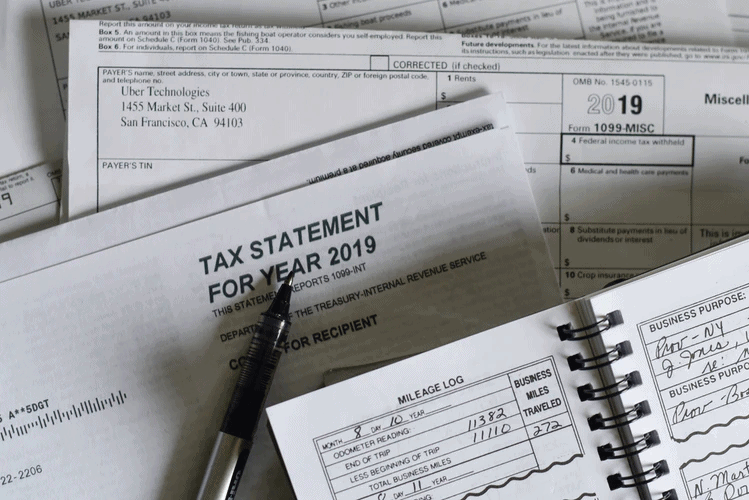What Tax Breaks are Available for Alternative Education
The employer educational assistance program tax break could be utilized more.

The United States provides tax incentives for employers who offer educational assistance programs. These educational assistance tax incentives are particularly relevant to the world of online education because, unlike other tax incentives, they can be used for bootcamps and other alternative educational programs.
This article examines the section 127 employer educational assistance tax incentive and compares it to other educational tax incentives.
Tax breaks for department of education approved programs
There are three types of tax breaks in the United States: credits, deductions, and savings plans.
A credit is when money is deducted from the final tax bill. A deduction, in contrast, reduces someone’s taxable income. Savings plan tax breaks reduce taxes on savings accounts set up for a specific purpose. For example, if parents save money to send their children to college, they can pay less taxes on that particular savings account.
Most of these tax breaks are limited to “eligible educational institutions.” The IRS defines eligible educational institutions as follows:
“An eligible educational institution is a school offering higher education beyond high school. It is any college, university, trade school, or other post secondary educational institution eligible to participate in a student aid program run by the U.S. Department of Education.”
Because many online education providers, such as bootcamps and MOOCs, are not approved by the department of education, most tax breaks can’t be used for these alternative educational programs.
The largest exception to the eligible educational institution policy is the section 127 tax break, which is discussed below.
Section 127: Employer Provided Educational Assistance
The Section 127 tax exclusion is a policy designed to push employers to fund education. Normally, if an employer gives their employee a benefit, that benefit is taxed as income. Section 127 ensures that if companies give their employees up to $5,250 in educational benefits, those benefits are excluded from employees’ gross income and thus are not taxed. (A tax exclusion like section 127 is different from a tax credit. In a tax credit, money is subtracted from the final tax bill.)
Section 127 doesn’t have many restrictions, according to the text of the tax code. It can be used regardless of whether the education is job related. It can be used for books and equipment as well as tuition and fees. Unlike other educational tax breaks, section 127 does not have an “eligible educational institutions” clause, which means section 127 can be used for alternative credentials like bootcamps.
One restriction on the section 127 benefit is it can’t be limited in a discriminatory way to “highly compensated employees.” In addition, no more than 5% of the funds used in an educational assistance program can go to employees who are also shareholders or owners of the business. These two provisions help ensure that the benefit is available to junior employees who are using education to move up the corporate ladder, rather than senior employees who already have benefited from education.
It’s difficult to measure how widespread section 127 usage is. The Society for Human Resource Management (SHRM) Employee Benefits Survey measures how many companies provide educational benefits. In the past several years, slightly more than 50% of employers offer educational benefits.
| Year | Employers with Undergraduate or Graduate Tuition Assistance Programs |
| 2015 | 56% |
| 2016 | 55% |
| 2017 | 53% |
| 2018 | 51% |
| 2019 | 56% |
However, if the data is broken down by students as opposed to by company, it suggests that uptake on these benefits is lower than it could be, according to data from the National Postsecondary Student Aid Survey.
| Year | Percent Undergraduate Students with Employer Aid (students and parents) | Percent Graduate Students with Employer Aid (students and parents) |
| 2008 | 8.1% | 21.5% |
| 2016 | 5.5% | 13.9% |
| 2016 | 6.0% | 13.0% |
Expansion of Section 127
In response to the pandemic, congress passed the CARES act, which expanded section 127 to allow it to be used for student loan repayment programs. However, this benefit can only be used on payments before January 1st, 2021. In other words, this benefit is temporary rather than permanent.





